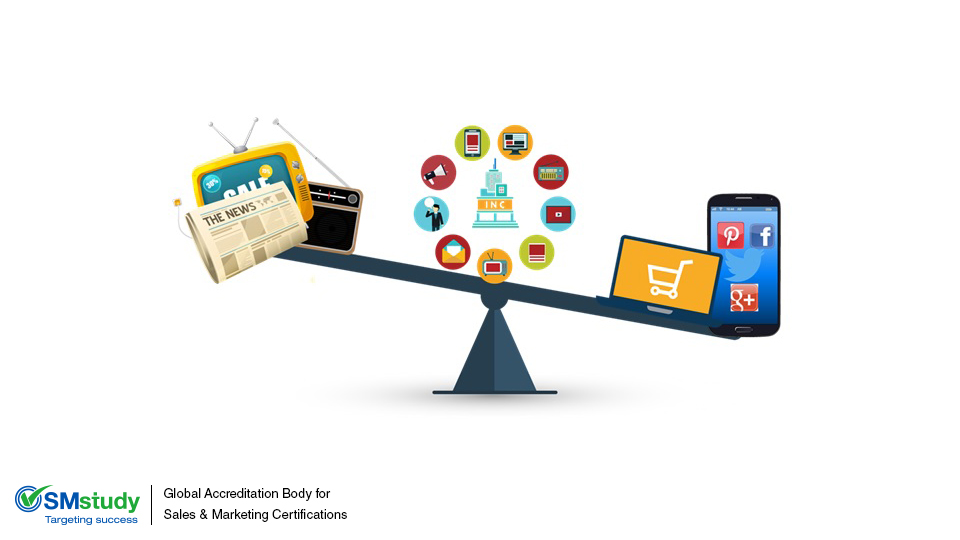In the twentieth century, with the increase in the number of manufacturers and industries for specific products, consumers had numerous options to buy from multiple manufacturers. Manufacturers faced the need to differentiate their product and thus mass media marketing was born. Primary channels used for mass media marketing were print advertising, mass mailers, television, radio, and outdoor advertising. The objective of conventional mass media marketing was for organizations to create strong brands and differentiated brand perceptions so that consumers would desire and purchase their products rather than those of competitors.
However, in recent times, the media have become increasingly fragmented with several hundred television and radio channels as well as a large variety of print media including newspapers, magazines, and trade publications. With the increasing popularity of the Internet and, more recently, smartphones, many options now exist for advertisers to reach a global audience using digital media marketing methods such as cell phone apps, Google, Facebook, Twitter, LinkedIn, YouTube, QR codes, gamification, and proximity marketing. All of these options have resulted in fragmented new-age marketing. Some characteristics of fragmented new-age marketing are as follows:
- Fragmented new-age marketing suits new, small brands with much smaller budgets targeted directly to customers in a global marketplace. Thus, it enables small companies and startups with smaller budgets to achieve a global reach.
- New-age marketing is data-driven and more centered on driving specific calls to action. Also, new-age marketing is about engagement, unlike mass media marketing, which involves interruption.
- Sales and Marketing communications have increasingly become multi-directional in new-age marketing. The producers can reach consumers directly; similarly, consumers can share their feedback with producers and other consumers.
- Huge amounts of data gathered by multiple media forms and the ability to process the data through proper marketing analytics and generate valuable insights has given rise to the newest trend of "smart marketing."
These characteristics provide compelling reasons for companies to shift their focus toward fragmented new-age marketing. Marketers evaluate all media in terms of who the target audience is and what media resonates best to arrive at an integrated approach to marketing by leveraging the strengths of various types of media.

